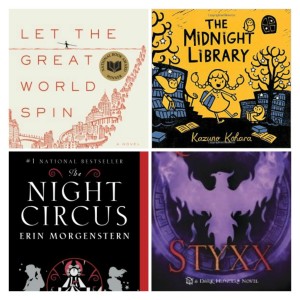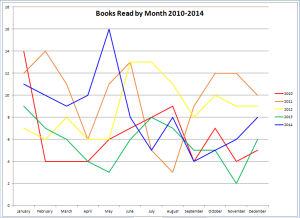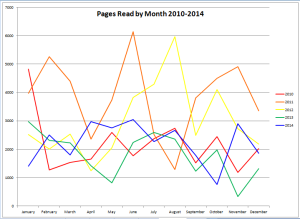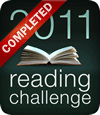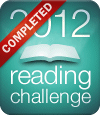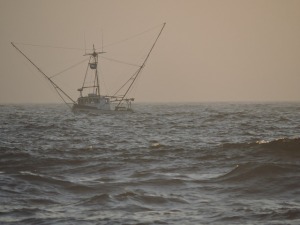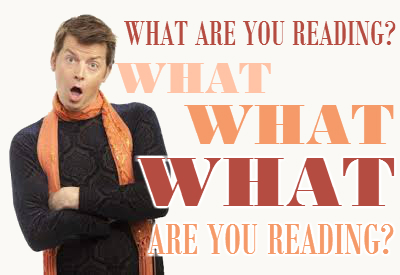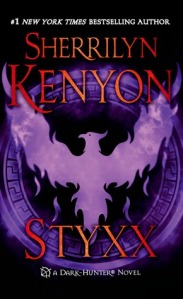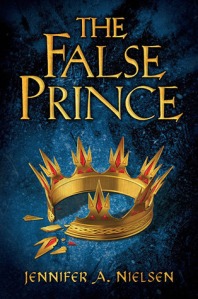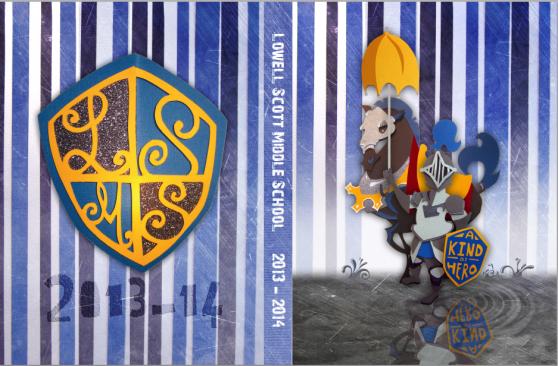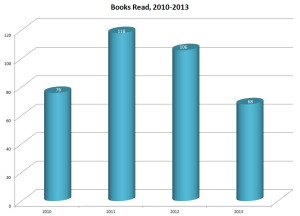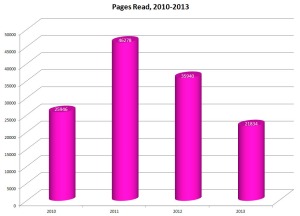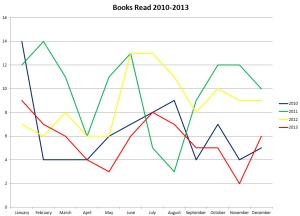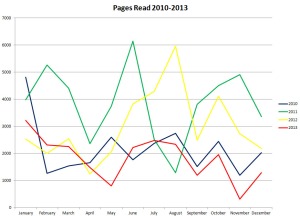I spend a lot of time trying to figure out what books to add to our library’s collection. There’s quite a bit to consider, actually. Informational texts that support the curriculum and standards. Replacing outdated stuff and filling in holes. Fulfilling student and staff requests. Getting the latest installments in popular series. Award-winners, notable books, things the kids really ought to read but probably won’t, things the kids are dying to read but arguably aren’t worth the paper they’re printed on.
This involves reading: publications like School Library Journal, review websites, publishers’ catalogs, authors’ social media outlets, even stuff like Entertainment Weekly. It involves chatting with teachers, kids, parents, fellow librarians, and other members of the Tribe of Avid YA Readers to find out what they and their kids/friends are loving.
But the best way to find good new stuff, as far as I can tell, is to actually get into the trenches and spend a few quality hours in a bookstore. This is especially true of books that are going to fit into my “guilty pleasure” category: books that will fly off the shelves, that aren’t going to win any awards or teach any Valuable Life Skills, but that will be falling apart from the sheer force of frequent circulation by the end of the year. It’s your Minecraft novelizations, your Ever After High, your Adventure Time graphic novels and variations on the “1,000 gross things you didn’t know about _______” theme. They’re not going to show up on any of the websites or magazines, but they’re must-have items in a middle school library.
Today, while on a quest for junior adaptations of high-difficulty classic novels, I took a break to browse the new middle-grade fiction and found something that immediately caught my eye. Before I even opened the front cover, I knew it had to go on my wish list. Behold:
It was a perfect cream puff. Very popular movie/comic book tie-in. Library-bound so it’s durable and easy to process. Just under 200 pages, in a friendly font that would make it accessible for all but our weakest readers. Marketed for third through seventh grades, ages 8-12. Right around $10, not counting my educational discount. Perfect, perfect, perfect.
Ah, I thought. Where there’s Hulk, there might be….
Sure enough, a little ways down I found Hulk’s not-quite-as-puny-god friend:
Excited, I wrote down both ISBNs for future purchase consideration and returned to my intended business. About an hour later, parsing the differences between illustrated adaptations of Great Expectations began to get to me, so I took another walk. And I found the other half of the series:
and
Dear reader, I am incensed.
Let me show you something else. I just Google Image Searched “Avengers t-shirt kids.” Here’s a screen shot of the top page of results. Click it to see it a little bigger and see if you don’t see what I don’t see.
Let’s make it a little more obvious, shall we?
Here, what about toys?
Hmm. Funny, but I seem to remember that there was a woman in the Avenger movies. Well, more than one, obviously — Pepper Potts, Peggy Carter, and Maria Hill are all important elements of the films as well — but there’s an actual member of the Avenger team who happens to be female and who also conveniently vanishes when it’s time to print a t-shirt (or, apparently, write a junior novelization).
I’m not the only person to notice this trend. Take a peek at …But Not Black Widow, which points out that Guardians of the Galaxy merchandise is also conspicuously missing one green-hued heroine. The Geekquality blog, with its byline that “all geeks are created equal,” saw it at Target. Mommyish found the gaping absence running rampant throughout the wide world of Disney paraphernalia. There are lots of websites, lots of blogs, wondering the same thing I’m wondering, but what you really need to read is this article from Business Insider. It’s talking specifically about Gamora but I guess it answers the mystery of the missing Black Widow, too. For those of you who don’t have the time to read the article, I’ll grab the important bit:
Ah, I see. Superhero stuff is for boys, and it would make their little boy parts shrivel up and fall off if they wore a shirt with a female superhero on it or had a female superhero among their action figures.
Come on, guys. We’re officially firmly in the land of Joss Whedon here. Surely we can do better than this?
(I’m not even going to get into the whole “sexist girl’s Avengers shirt” thing. It’s similarly fantastic.)
I’m sorry, but Black Widow kicks ass, and it’s not only girls who think so. She’s a fascinating character with her uncertain alliances, believable vulnerabilities, and refusal to fall into the obvious romantic story lines. She’s witty, assertive, and possesses more common sense at times than the rest of the crew put together. I want to know more about her. I want to read her library-bound middle-grade origin story. I want to wear a shirt with Black Widow on it, and not in some ridiculous “check out my butt” pose. (Iron Man and the other guys — hey, I’m permitted my biases — kick ass too. I’d also like to read their origin stories. And I do wear shirts with them on them.)
In the defense of author Alex Irvine and his publisher, he does say that these are the “first four” in the series. But why are they separated off like this? Why not release the whole gang at once? Why put Black Widow on the B-side? And frankly, he hasn’t said yet what, if any, the subsequent books will be. I’m not going to be even a little surprised if Loki and Nick Fury get books before Natasha. Or maybe BW doesn’t even get her own book — maybe this “ensemble cast” book, scheduled to come out in March, is all she gets.
I just don’t get it. I don’t believe that boys really won’t want something that includes the whole team. And frankly, if that is the case, isn’t that something we should be pushing back against instead of enabling? I bet you that if their only choice was “Avengers shirt including Black Widow” (or “Guardians shirt including Gamora”) or no Avengers shirt at all, that they wouldn’t hesitate. In fact, I’m going to go out on a limb here and suggest that the “boys don’t want girls on their shirts” thing is an invention of adults who grew up in a different era.
I’ve got over a thousand kids who use my library, about half of whom are boys. I’ve got a lot of kids of both genders who love Marvel superheroes. I know a cream puff when I see it; these Avengers books are going to be wildly popular. And when — if — a Black Widow title is released, it’s going to be just as popular. Why? Because my kids recognize and respect fun characters who kick ass and would probably have all kinds of choice words to say if I suggested that they couldn’t read about a female superhero just because she’s a girl.













